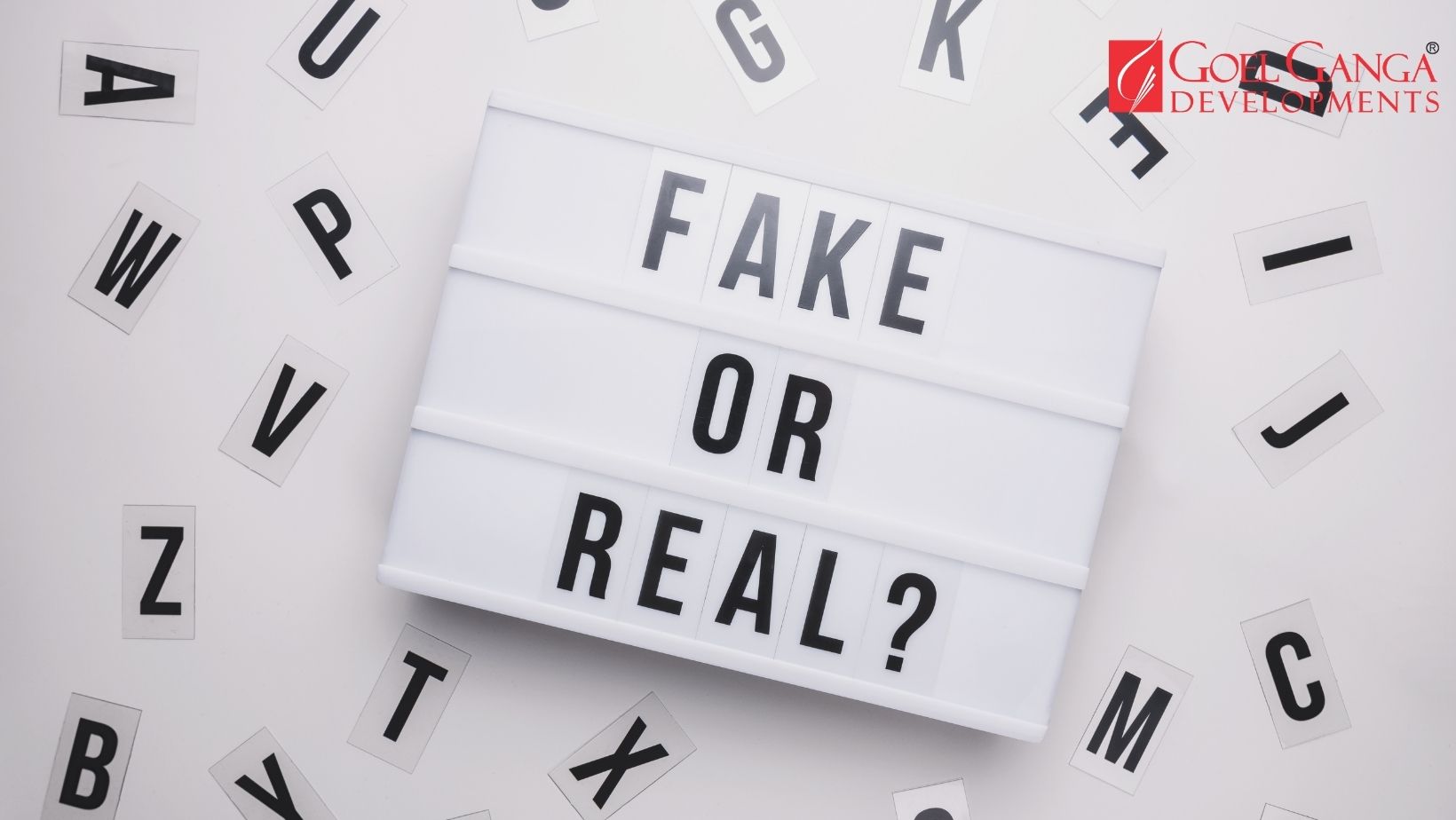Buying a home is one of life’s biggest milestones, but the dream can quickly turn into a nightmare if you fall victim to property fraud. The use of fake documents is a growing problem that can lead to significant financial loss and a tangle of legal issues.
Fortunately, you can protect yourself by knowing the red flags and taking proactive steps. This guide provides a clear, actionable checklist to help you identify forged property documents and ensure your investment is safe.
The Golden Rule: Always Do Your Due Diligence
Never rush a property deal, no matter how good it seems. Scammers often create a sense of urgency to pressure you into a quick decision. Take your time, ask questions, and verify every detail. This is your first and most important defense against fraud.
Key Steps to Verify Property Documents
Before you sign any papers or transfer money, follow these essential steps to confirm the authenticity of the property and the seller.
1. Insist on Seeing Originals
A common tactic of fraudsters is to show you only photocopies or digital scans. Always demand to see the original documents, especially the sale deed or title deed. Comparing a photocopy with the original can reveal inconsistencies in paper quality, ink, and security features.
2. Verify the Seller’s Identity
Does the person selling the property have the right to do so? Always ask for and verify the seller’s original identification, such as their Aadhaar card, PAN card, or passport. The names on their ID must match the names on all property documents. If the seller is using a Power of Attorney (POA), make sure the POA is a genuine, registered document that explicitly grants the right to sell the property.
3. Check for Encumbrances
An encumbrance is any outstanding legal or financial claim on a property, such as a mortgage, loan, or ongoing dispute. A property with an encumbrance is a major red flag. Obtain an Encumbrance Certificate (EC) from the local Sub-Registrar’s office. This document will show if the property is free from all dues for a specified period.
4. Trace the Property’s Ownership History
A fraudulent property often has a missing or inconsistent ownership history. To ensure a clear and legal title, track the chain of title for at least 30 years. This process helps you verify that ownership was legally transferred with no missing links or suspicious transactions.
Your Document Verification Checklist
Use this checklist to meticulously examine the most important property documents.
General Scrutiny
- Paper Quality: Genuine documents are printed on specific types of paper with a consistent texture and weight. Fake documents may feel flimsy or look generic.
- Ink and Printing: Check for a consistent color, no signs of smudging, and no evidence of alterations. Look for uniform, professional printing.
- Font and Formatting: Legitimate documents have consistent fonts, margins, and spacing. Inconsistencies can indicate a forged document.
- Spelling and Grammar: Official documents are typically free of errors. Be wary of spelling mistakes or grammatical errors.
- Holograms and Watermarks: Look for genuine security features, such as watermarks, embossed seals, and holograms, which are difficult to replicate.
Specific Document Checks
- Sale Deed / Title Deed: Verify the registration number, the names of all parties involved, the property description, and witness details.
- Khata Certificate / Extract: Confirm the issuing authority and that the property details and ownership match your information.
- Property Tax Receipts: Check for a history of regular payments and that the names on the receipts match the seller’s name.
- Occupancy Certificate (OC) / Completion Certificate (CC): Ensure these are from the correct issuing authority and correspond to the project name and address.
- Building Plan Approval: Verify that the approved building plan from the Urban Development Authority matches the actual construction on the ground.
What to Do If You Suspect Fraud
If something feels wrong, trust your instincts. Here’s what you should do:
- Stop All Payments Immediately: Do not transfer any money to the seller, even if they pressure you.
- Seek Immediate Legal Advice: Consult a reputable property lawyer. They can provide expert guidance on how to proceed.
- Report the Fraud: Depending on the severity of the situation, consider reporting the suspected fraud to the local police or the Economic Offence Wing (EOW).
By following this comprehensive guide, you can protect yourself from fraudulent transactions and move closer to making your dream of owning a home a reality.










